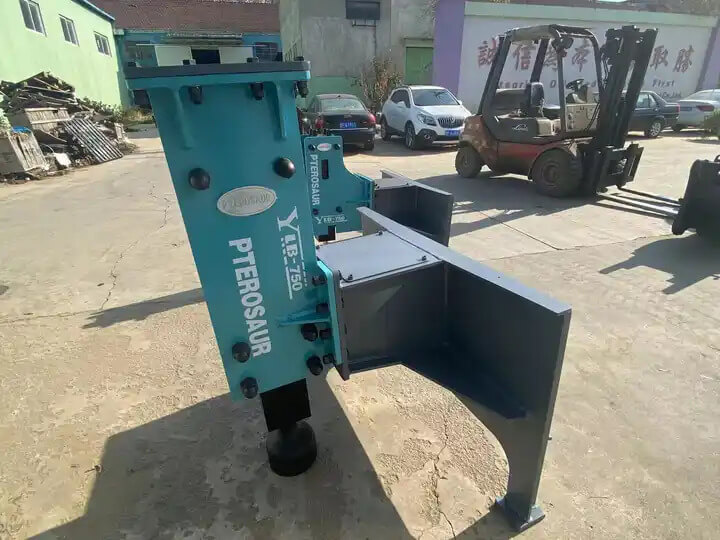Flail Mower Hammer Blades vs. Y Blades: A Comprehensive Comparison
Flail mowers have become essential tools in modern vegetation management, offering efficiency and versatility for various mowing needs. Among the key components that significantly influence their performance are the cutting blades. In this article, we will delve into a detailed comparison between flail mower hammer blades and Y blades, highlighting their unique characteristics, advantages, and ideal applications.
Understanding the Blades
Hammer Blades
Hammer blades are designed with a robust and heavy construction, which allows them to excel in tougher mowing conditions. They are particularly effective at cutting through dense vegetation, thick brush, and small branches, making them a preferred choice for more challenging environments. The design of hammer blades creates a powerful impact that helps to shred material into smaller pieces, providing a clean cut with minimal debris.
Y Blades
In contrast, Y blades feature a lighter design with two back-to-back blades. Each blade has a straight shank with a 45-degree tip and a beveled cutting edge. This configuration allows Y blades to shred material rather than chip it, producing a finer result ideal for grass and less dense vegetation. They tend to operate more quietly compared to hammer blades, which can be an advantage in residential areas or during noise-sensitive operations.
Performance Comparison
Cutting Power
When it comes to cutting power, hammer blades clearly stand out. Their weight and design enable them to cut through thicker materials, such as branches up to 4 inches in diameter. Users have reported that while Y blades are efficient for grass, they do not provide the same performance in heavy brush situations. Hammer blades are often deemed superior for managing overgrown fields and areas with varied vegetation types.
Finish Quality
Y blades are known for their ability to deliver a finer finish, making them suitable for manicured lawns and gardens. If aesthetics are a priority, particularly in residential landscaping, Y blades may be the better option. However, hammer blades tend to provide a flatter finish, similar to that of a traditional mower, which can be advantageous in certain agricultural applications where a rougher cut is acceptable.
Noise Level
One noticeable difference between the two types of blades is the noise level during operation. Mowers equipped with hammer blades generally produce a louder, more powerful sound, while Y blade mowers operate more quietly. This can be a crucial factor for users who operate in noise-sensitive environments or residential areas.
User Experiences and Preferences
Feedback from users highlights a clear preference for hammer blades when tackling challenging mowing tasks. Many have switched from Y blades to hammer blades after realizing the superior performance in thick brush and overgrown areas. For instance, one user noted that the transition to hammer blades allowed for more efficient and effective mowing with less effort required.
On the flip side, for those who primarily cut grass or require a finer finish, Y blades may be the preferred choice. They are particularly effective in inter-row mulching and can achieve a cleaner cut in softer materials.
Conclusion
The decision between flail mower hammer blades and Y blades ultimately depends on the specific mowing tasks and conditions you expect to encounter. If you are dealing with heavy brush, thick grass, or require a powerful cutting action, hammer blades will serve you well. Conversely, if your focus is on maintaining a pristine lawn or delicate landscape, Y blades may be more suitable.
In summary, understanding the differences between these two types of blades can significantly enhance your mowing efficiency and result quality. Whether you choose hammer blades or Y blades, ensuring that your flail mower is equipped with the right cutting tools for the job will lead to better performance and satisfaction in your vegetation management tasks.




































